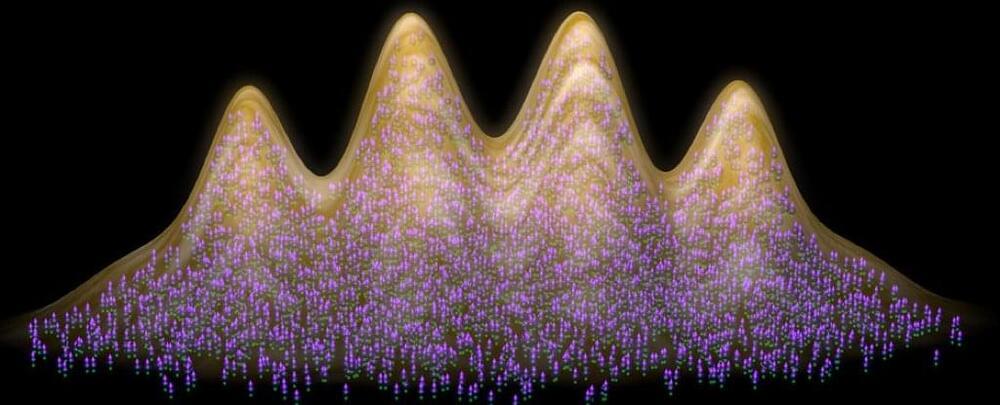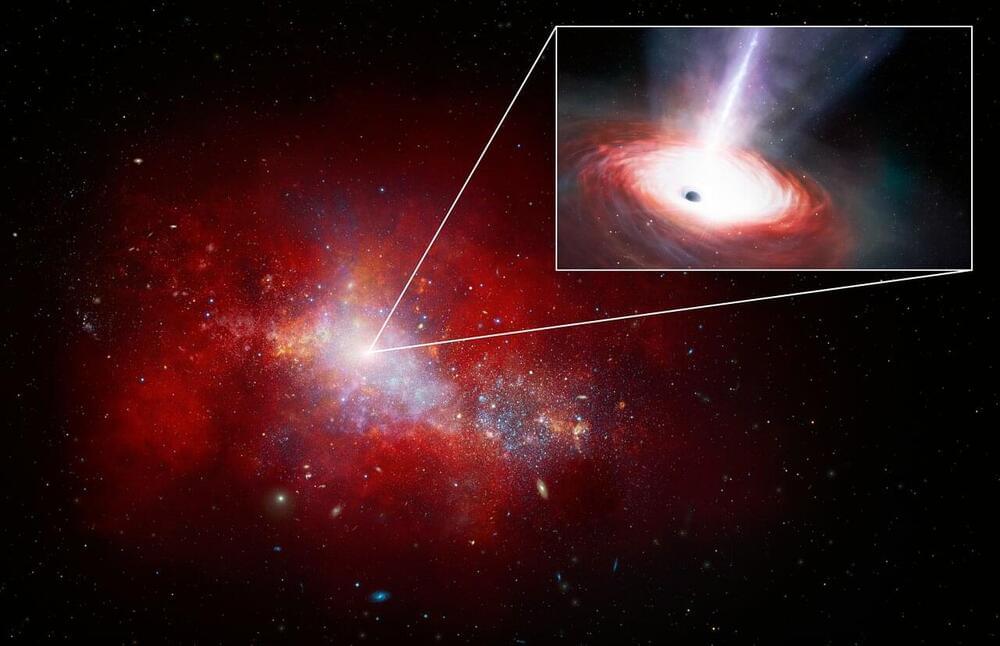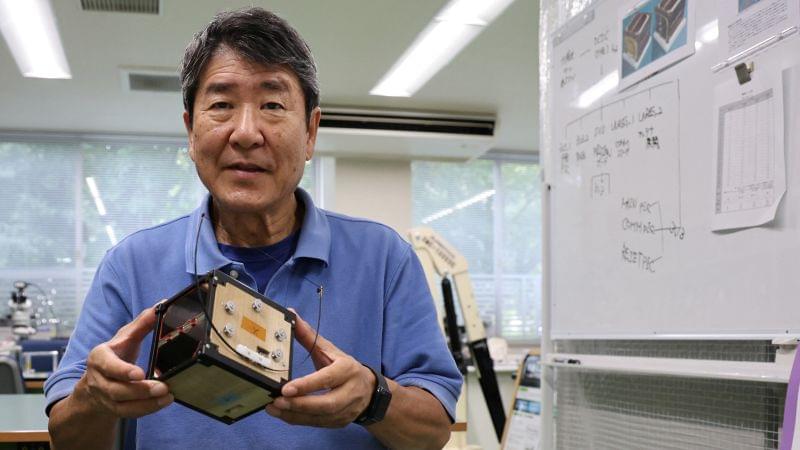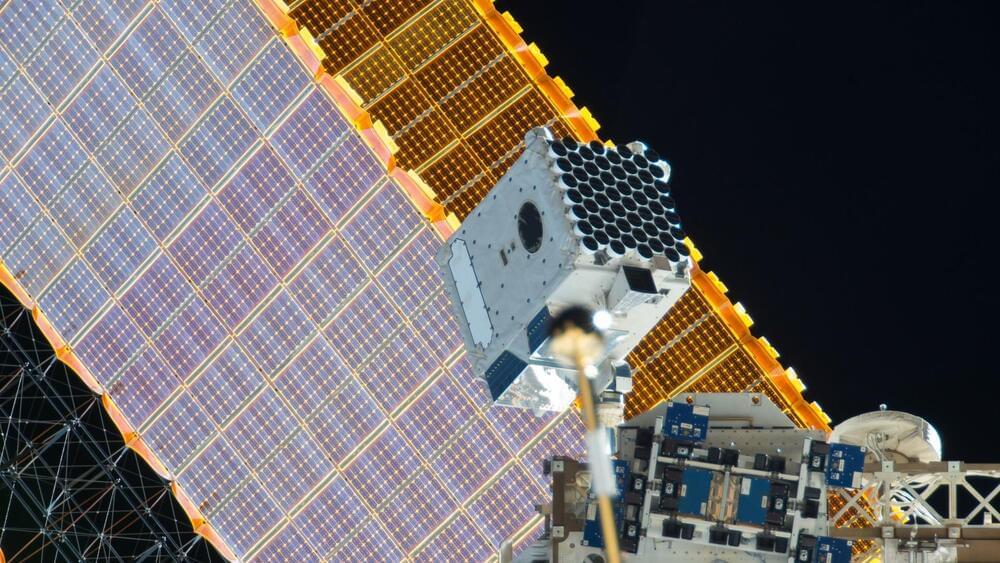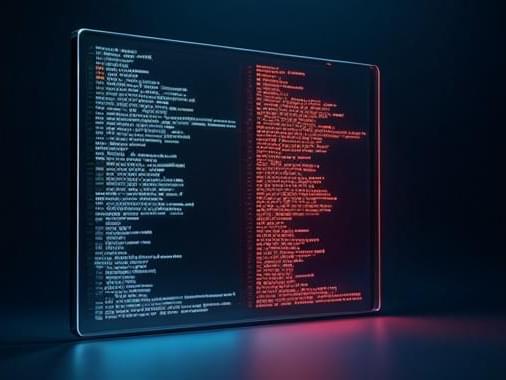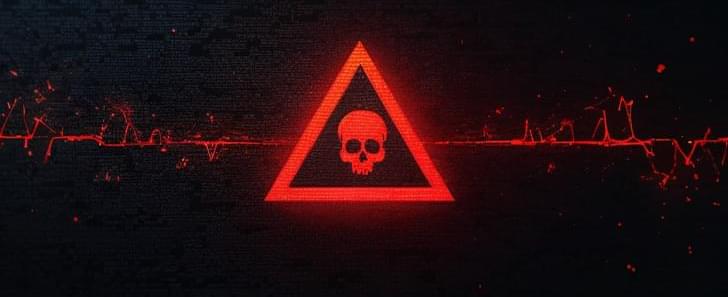Scientists on Wednesday said that they have successfully stirred a strange matter called a “supersolid” – which is both rigid and fluid – for the first time, providing direct proof of the dual nature of this quantum oddity.
In everyday life, there are four states of matter – solid, liquid, gas, and the rarer plasma.
But physicists have long been investigating what are known as “exotic” states of matter, which are created at incredibly high energy levels or temperatures so cold they approach absolute zero (−273.15 degrees Celsius or-459.67 degrees Fahrenheit).
